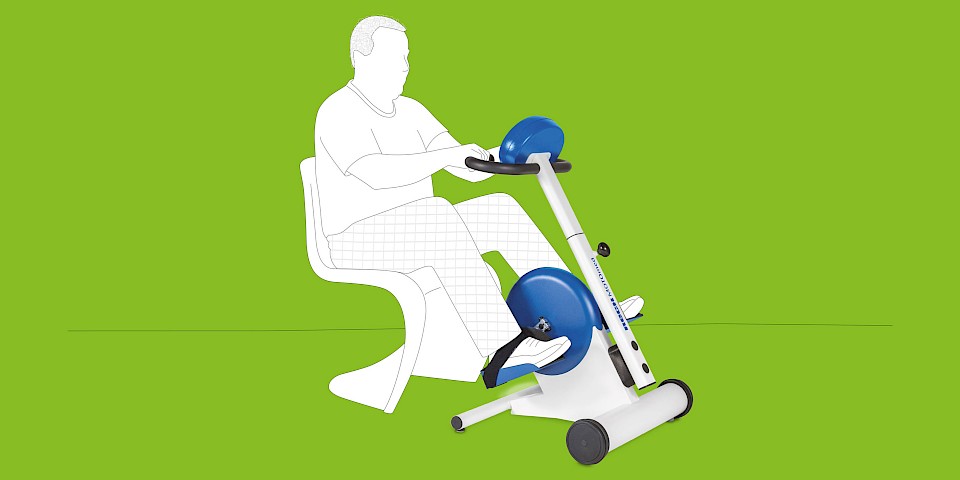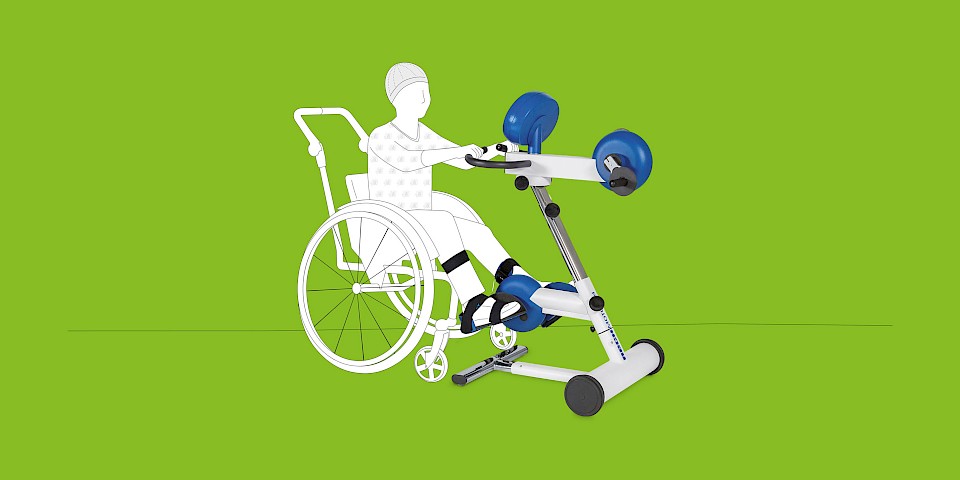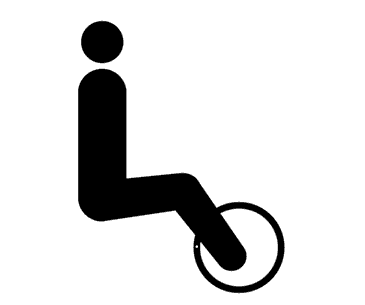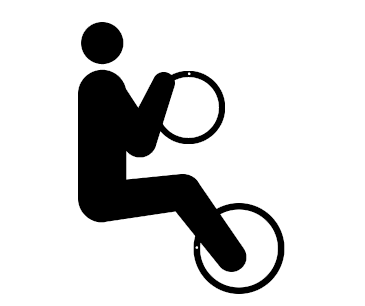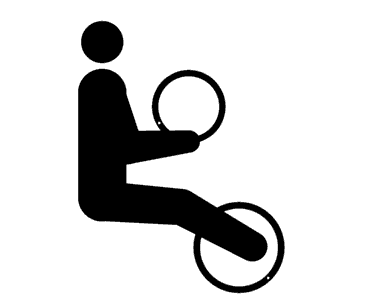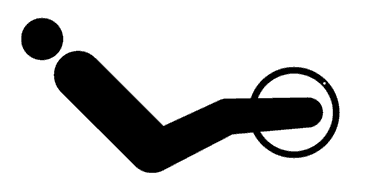Spastic Paralysis/ICP
Loosen the muscles – reduce spasticity
People with cerebral palsy or spastic paralysis need intensive physiotherapy. In general it intends to mobilize joint flexibility and to loosen the muscles via different applications . On the one hand existing muscles are strengthened, on the other postural deformities are reduced. Besides manual therapy, physiotherapy or device-supported movement therapy are applied.
The MOTOmed movement therapy allows a passive or motor-assisted movement therapy for people with cerebral palsy or spastic paralysis. Affected persons can train at the MOTOmed movement therapy device from chair or wheelchair. A regular MOTOmed leg-/and arm training can alleviate spasticity, loosen and strengthen the muscles, assist strength and fitness and positively influence bladder and bowel function.
Configure your personal MOTOmed
Use the MOTOmed Product Configurator to configure your MOTOmed according to your requirements. Quickly, easily and without obligation. Try it out and configure your personal and individualized MOTOmed now.
MOTOmed Movement Therapy
MOTOmed Movement Therapy was developed for people with movement restrictions and complements physical, ergo and sports therapy measures. Users can train while seated in a wheelchair or from a chair. Patients in supine position use MOTOmed from a nursing bed or therapy couch.
In Germany, the device-based movement therapy with the MOTOmed is recognized as an aid for many indications by the statutory health insurance. It is worthwhile to inform yourself!
Therapy modes
passive
The effortless motor driven movement is ideal for the regulation of muscle tone, loosening stiff muscles and for early mobilization after long rests. Passive training stimulates blood circulation, digestion and joint flexibility.
assistive
In motor-supported movement therapy, the function MOTOmed ServoCycling enables easy transition from passive to active training. A motor-supported movement stimulates strength and endurance even with minimal muscle strength.
active
An active training with own muscle power against finely adjustable resistance levels strengthens leg, arm and upper body muscles and stimulates the cardio-vascular system.
Achieving best therapy goals through interval training
Alternating phases of strain and recreation (intervals) through active and passive training give a higher training stimulus which leads to a better therapy success.
Therapeutic goals
- Promote walking
- Reduce the consequences of lack of movement
- Reduce spasticity
- Activate residual muscle strength
- Strengthen the psyche and well-being
- Counteract fatigue








